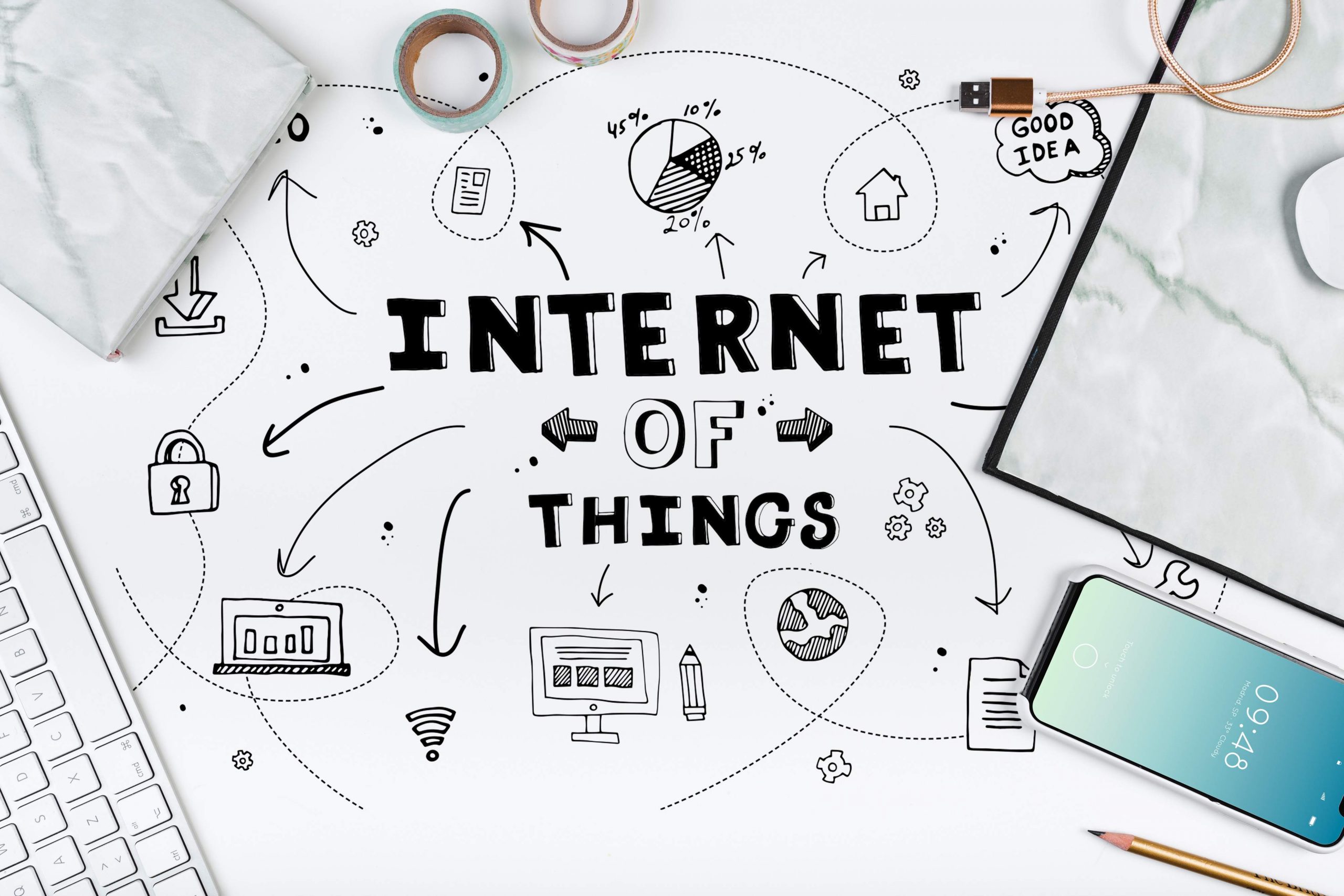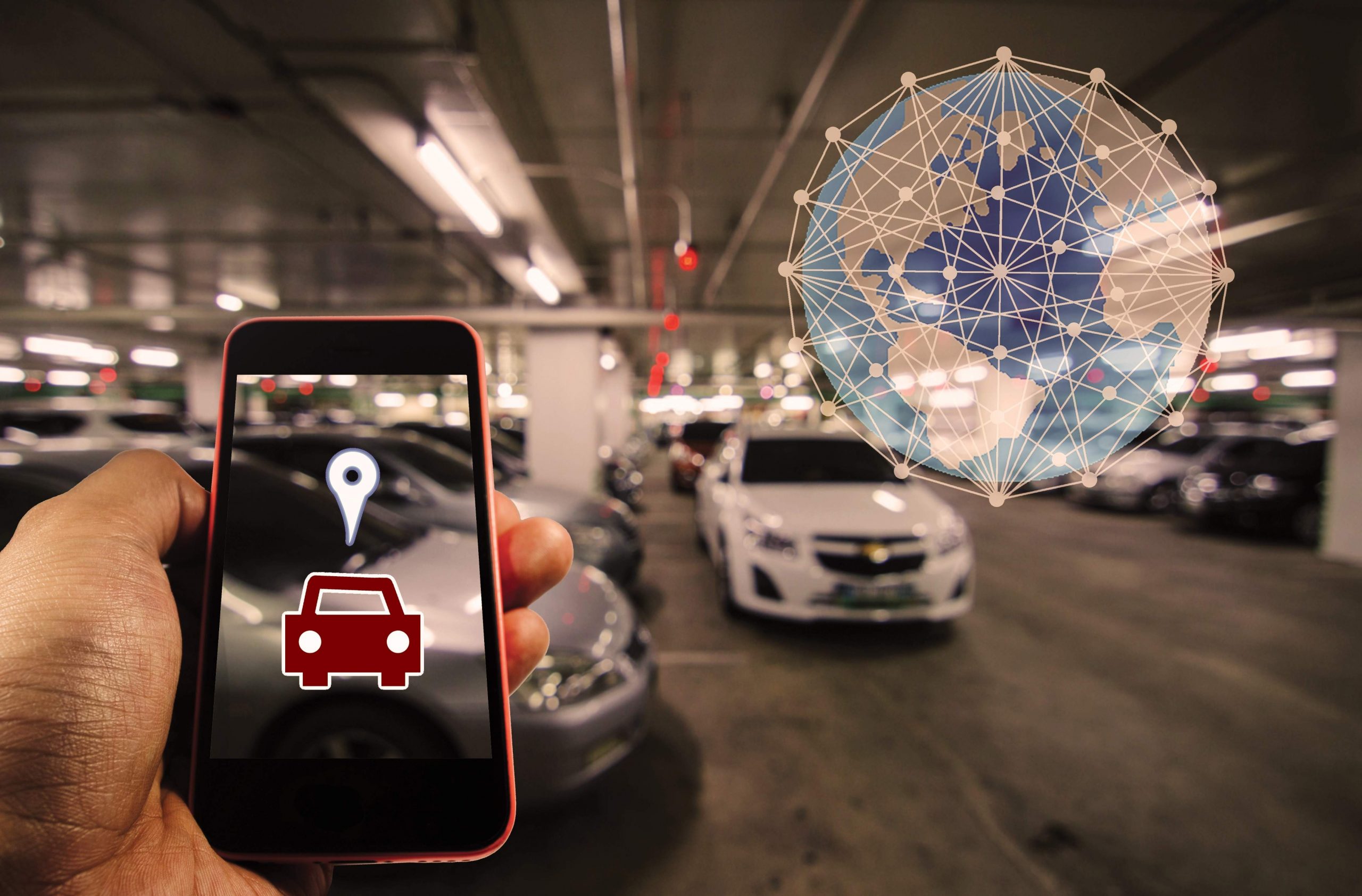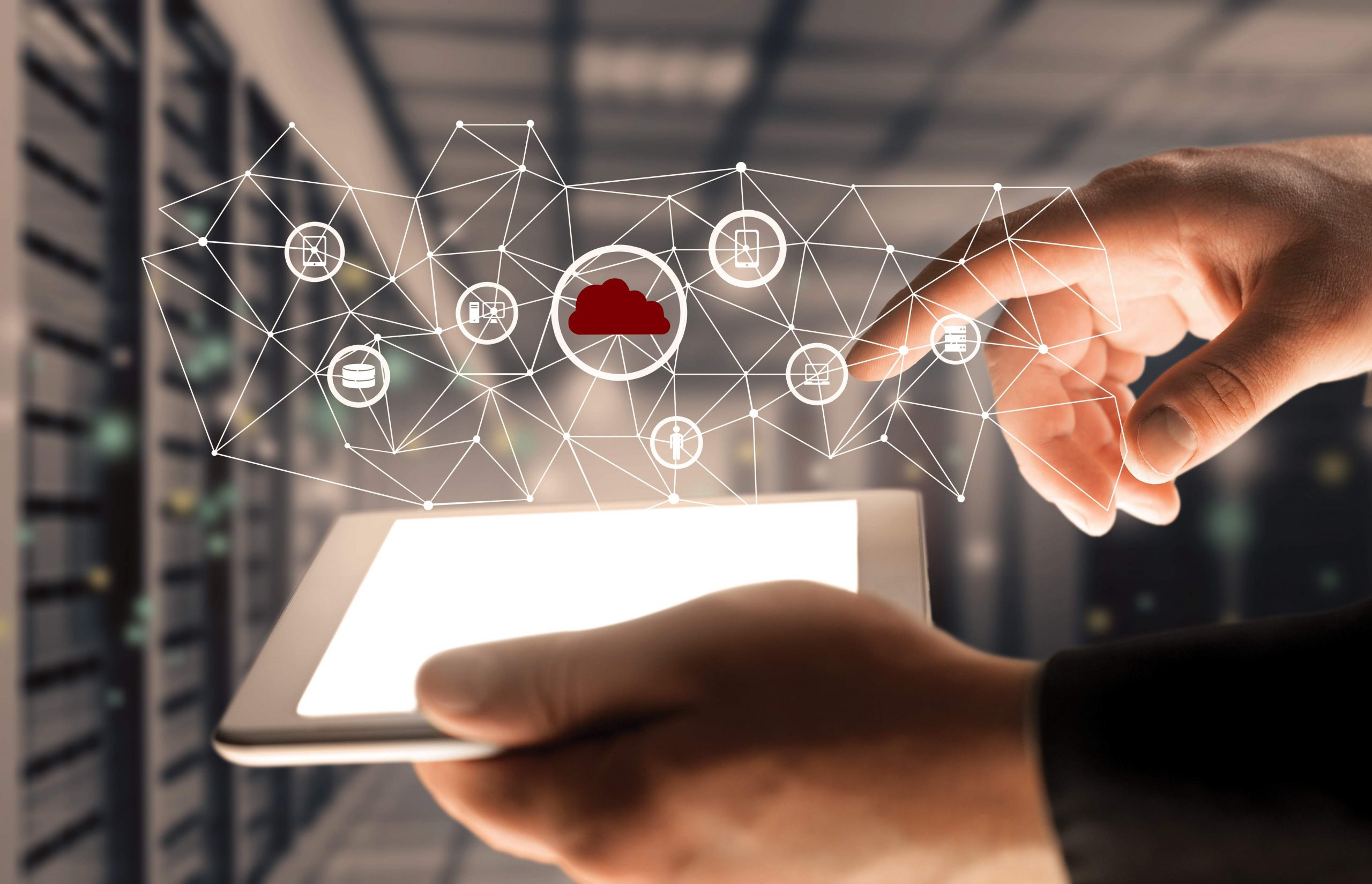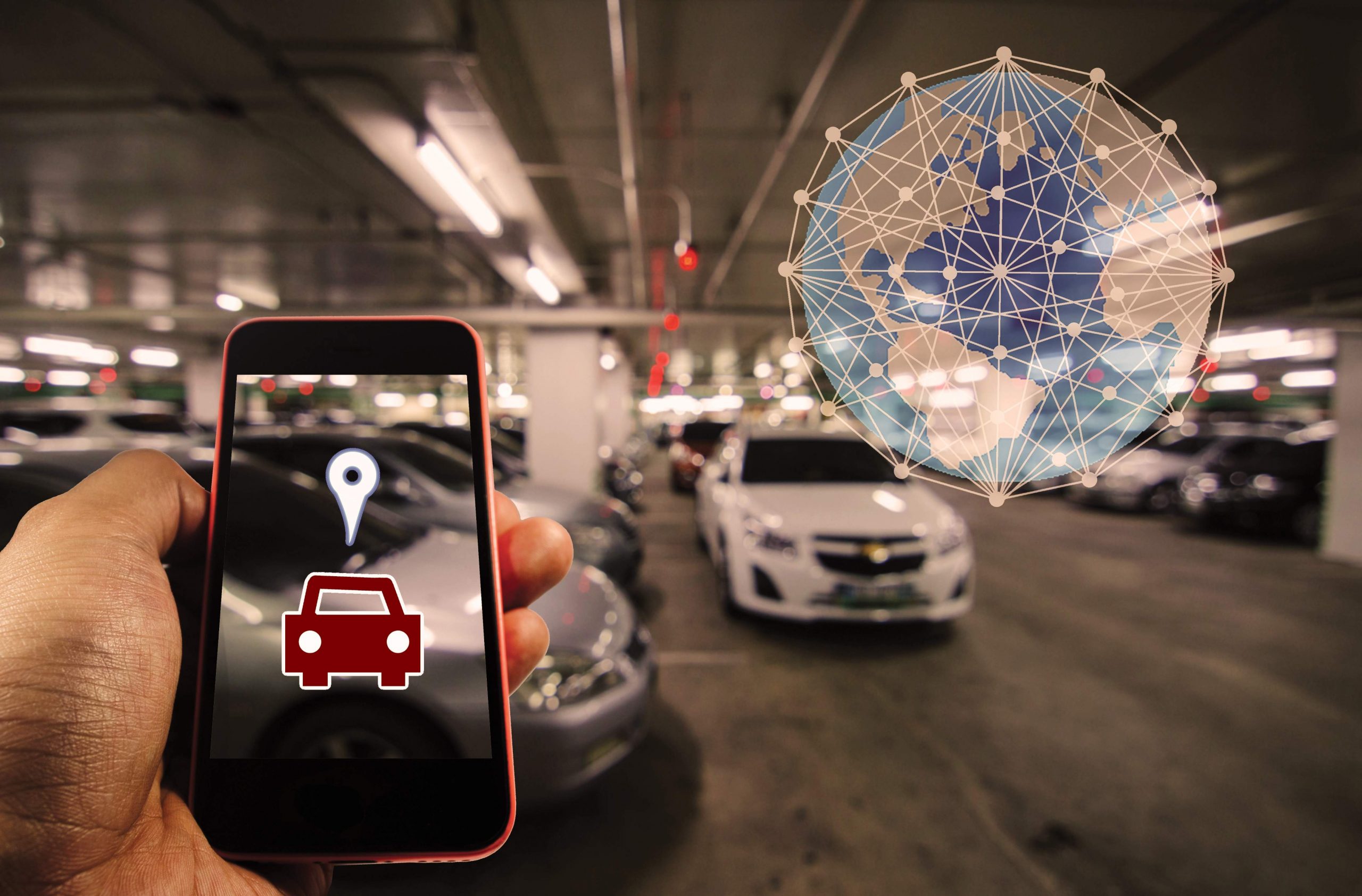IoT in Agriculture: Enabling Smart Farming For Maximizing Productivity & Yield
-
March 8, 2022
-
7 min read

There’s a world crisis we haven’t anticipated yet, scarier than a pandemic, a more significant issue than fuel extinction, and it’s as basic as low agricultural productivity. Seems small? What if we tell you food on planet earth will be ‘over’ by 2050! (That’s like in just three decades). Global issues like population growth, limited natural, and non-renewable resources, the impact of the pandemic on the workforce, financial crisis, unpredictable weather conditions, climate change, etc., pressure the agriculture business more now than ever before!
Farmers today endure burdens of water shortage/floods, land unavailability, unstable costs as they tirelessly work to feed the planet. With such extreme conditions, deteriorating soil value, drylands, and falling ecosystems, food production becomes complex and expensive for the poor farmers with no proper farming and agricultural education. To add to this issue, we’re not getting fewer either. It’s predicted that planet earth will be home to more than 9 billion people by 2050. That’s too many mouths to feed! Here’s where IoT in agriculture could be a game-changing survival help for humanity and the planet.
Internet of Things in agriculture is now helping many farmers close this ever-growing demand-supply gap. How? Smart IoT farming ensures high yields, increases in profit, and protects the environment. Using IoT-based smart agriculture monitoring systems, farmers achieve optimum resource application and high quality and quantity of crop yield, thus decreasing operational costs while still making a profit. This is precision agriculture. With specialized equipment like wireless hands of the internet, advanced software, and IT services, IoT in agriculture is rapidly growing.
Implementation of IoT in Agriculture – Applications and Needs
IoT can be used in various forms in agriculture to maximize productivity and yield. Here is a look at the top four applications of IoT in the agricultural domain.
ROBOTICS
Man is guilty of using and relying on automation for everything it can do for us. However, it’s only getting advanced year by year to execute complex and sophisticated tasks and increase productivity efficiently. With higher demands and labor shortages around the planet, farmers have extended their hand for help from agriculture robots, commonly known as agribots, for crop production. With dipping numbers in crop yield, farmers had no choice but to invest in these agribot systems. Recent research in sensors and AI Tech allows machine training making agribots more notable for growth in food production. We’re still learning and exploring these products and are in the trial phases.
Weeding Robots
Weeding robots are smart agribots that use digital image processing to skim through images of weeds in their database, detecting any crop and weed similarity and spraying them directly with their robotic arms. More and more plants are turning resistant to pesticides, which is technically a boon to our environment and the farmers. Farmers needed an estimated 13000kgs of pesticide to spread throughout their farmland, costing around 1725 crores each year! What a massive reduction of cost these weeding robots would be.
Machine Navigation
Just like how remote-controlled toy cars work with a controller, field tractors and heavy plowing equipment can also be automatically operated from the comfort of a farmer’s home through GPS. These smartly integrated auto machines are highly accurate as they self-adjust to the differences they detect in terrains, thus vastly simplifying labor-intensive tasks. With a few clicks and taps on smartphones, you can easily track machine movements, detect obstacles, and view work progress conveniently.
Harvesting Robotics
Agribots aren’t just used to carry out field-related tasks but also harvesting crops, mainly solving the labor shortage problem. These auto machines can work the delicate picking process of fruits and vegetables, operating at full efficiency 24/7. With the combination of robotic arms with image processing, these harvesting robots identify ripe fruits to pick hence maintaining quality control. These bots can be used in Greenhouse harvesting for high-value crops like apples, tomatoes, and strawberries, where they have to determine the right harvest time accurately.
Material Handling
IoT-based smart agriculture monitoring systems perform manual labor tasks with ease. They can be physically carried out to work alongside the laborers in the field. They can easily lift heavy materials and perform complex tasks like plant spacing with accurate lengths, optimizing land area, and plant quality. This one step can considerably reduce production costs.
DRONES
Besides aerial photography, agriculture is one major industry today that uses drones. Drones have sensors and cameras that farmers leverage for field imaging, mapping, and land surveys. In addition, there are ground and aerial-based drones used for smart IoT farming. Ground drones are robots on wheels that survey the field terrain.
Aerial drones, formally called Unmanned Aerial Vehicles (UAVs) or unmanned aircraft systems (UASes), are flying robots that fly above the field reading, mapping, capturing shots, and navigating the field area for crop yield information. Both drones are controlled with remotes or automatically fly using software-controlled flight plans in their embedded systems. These use GPS and sensors. These can be recharged, maintained, and stored near the farms and can have scheduled field surveys as a service. The achieved date gives insights regarding crop health, irrigation, spraying, planting, soil and field, plant counting and yield prediction, etc.
REMOTE SENSING
IoT in agriculture has applications like remote sensing using sensors placed around the farms to gather data. This data is then transmitted to analytical tools for insights and analysis. Sensors are devices that are highly sensitive to any anomalies. In smart IoT farming, products have sensors and monitors that farmers use to monitor crops and take adequate actions based on the readings on the analytical dashboard.
Various sensors monitor crops, weather conditions, and soil quality. It gives cohesive data of farm and field health to the farmers. The farmers are immediately notified and alerted by any anomaly and change in light, humidity, temperature, crop shape, size, etc. That’s how remote sensing could prevent the spread of diseases in crops and monitor growth and production. In addition, soil analysis determines the nutrient value and drier land areas in the farm. This information is critical as it notifies the farmer about the soil drainage capacity or acidity, allowing them to adjust the irrigation facility to the field, saving huge costs.
COMPUTER IMAGING
Computer imaging in agriculture applications involves the use of sensor cameras. These are installed at various corners of the field or on drones with cameras to produce images using computer algorithms. These image processing applications view images in vast spectral intensities like infrared. Image processing coordinated with machine learning uses images from the database to compare and sort crops in differences of sizes, shapes, color, and growth. This helps with quality control, making it easier for farmers to maintain yields.
Conclusion
Farmers have realized smart farming and IoT in agriculture are a driving force for higher crop yield cost-effectively. In addition, IoT in agriculture solutions dramatically simplifies the lives of farmers, helping them focus on their core business – ensuring the planet’s food supply!
To be a part of this smart farming revolution, you can check out Airtel IoT. Airtel IoT aims to simplify your IoT journey by providing an end-to-end solution using various technologies that suit your smart farming needs.
 Share
Share











